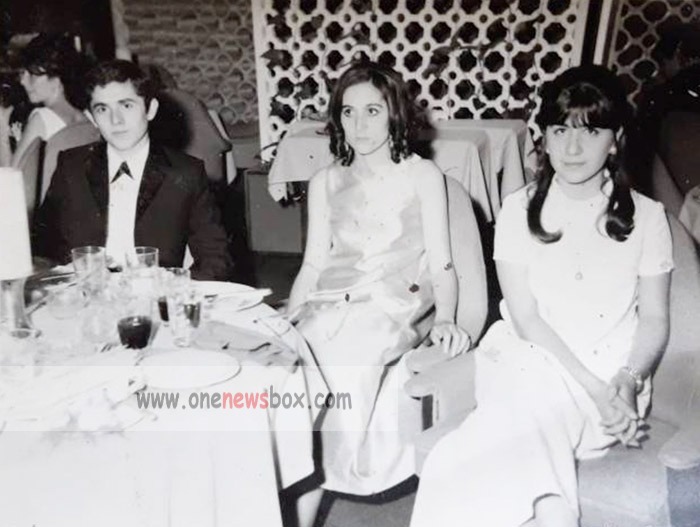The cabaret industry in Iran, although relatively short-lived in its classic form, occupies a fascinating chapter in the cultural and social history of the country. Unlike Europe, where cabarets developed in the late 19th century as artistic and satirical venues, and unlike the United States, where jazz clubs and musical theaters shaped nightlife, the Iranian cabaret grew from a complex fusion of local traditions, imported Western forms, and the rapid modernization projects of the 20th century.
The cabaret in Iran was neither entirely traditional nor entirely modern. It represented an “in-between space” where Iranian society, grappling with questions of tradition, modernity, and morality, created a unique form of entertainment that reflected both the aspirations of its elites and the desires of its middle classes. To understand how Iranian cabaret came into being, it is necessary to examine the foundations of entertainment in Iran before its arrival, the transformation of popular art forms in the Qajar and Pahlavi periods, and the eventual flourishing of cabaret culture in Tehran before the 1979 Revolution.

